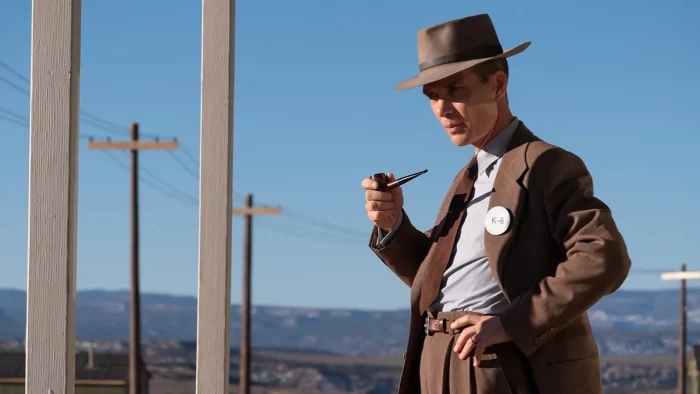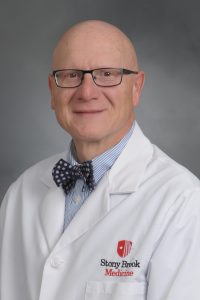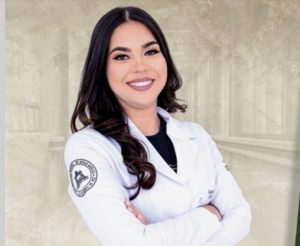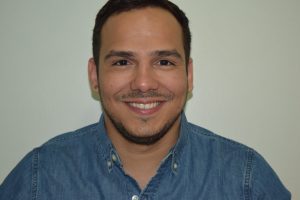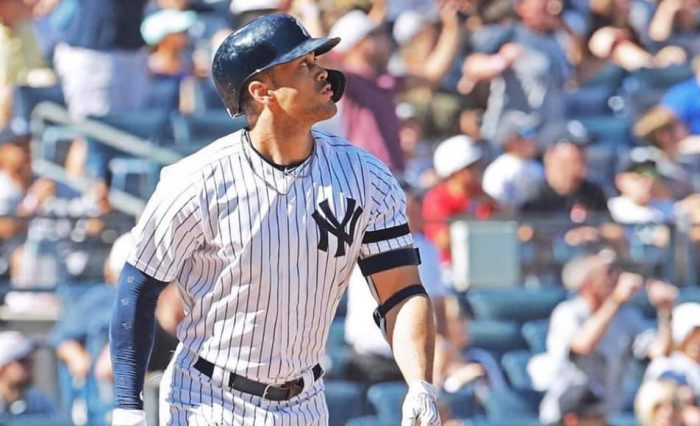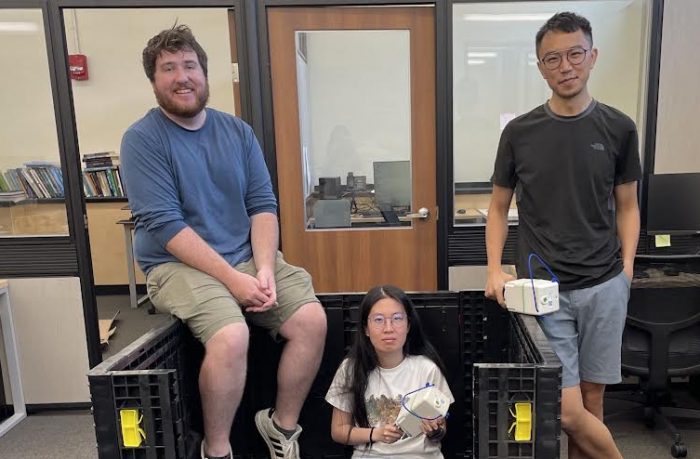By Daniel Dunaief

How come we never see superheroes in regular moments? To that end, I wanted to share a host of images that I hope might brighten your day (if you need it).
Superman picking his nose. Okay, let’s just get this one out of the way first. Sure, he leaps tall buildings in a single bound, fights crime everywhere, and stands for truth, justice and the American way, but what about the urge to clean out the dried super boogers in his nose? And, if he did, what would happen to them? Would they decay the way ours presumably do, or would they be like rocks trickling through our plumbing or remaining forever on the floor, impenetrable even to a speeding bullet?
Okay, backing off from the incredibly crude, let’s go to Superman’s fingernails. I’m guessing he can’t clip them with an average clipper. When he does trim then, are they so strong that it’d hurt to step on them?
How about Batman? Is there room in that suit for hiccups? What happens when he’s driving his super fast car or flying bat mobile and he gets the hiccups? I know my hiccups, which are loud enough to cause Superman’s super fingernails to bend, are so distracting that it’d be tough to fight crime, or even navigate at incredible speeds, when my diaphragm is spasming.
And then there’s Wonder Woman. Lynda Carter, if you’re old enough, and Gal Gadot, for the more modern fan, are both incredible fighters who save the day, rescuing mere mortals like Steve Trevor. But do they have the kind of arguments with their mothers that I’ve seen other women (no one in my family, of course) have with their mothers? Are they tempted to take out their truth lasso and demand that their mother say what she really thinks or share what she really did? Can you imagine Wonder Woman in a shouting match with her mother, reaching a point where she wraps the rope around her mom’s wrist and demands to know, “What do you really think of my new boyfriend” or even “you mean to tell me you never acted out against your own parents?”
How about Aquaman? Not to be too obsessed about the nose here, but does he ever get water up his nose, the way the rest of us do when we’re diving or doing awkward flips into the pool? Given the speed at which he swims, I would imagine such water in his nose might cause even more agony for him than it does for the rest of us, who find the dense medium of water difficult to traverse rapidly.
What about the Flash?
I haven’t seen the recent multiverse movie with him, but I would imagine his shoes, which withstand the incredible force of him tearing around town, are a vital piece of equipment that could be enormously problematic if they tear or have holes.And, unlike me, as I sit here with the tongue of my right sneaker hanging off, I would imagine he couldn’t wait any length of time to replace the shoes that glide over the ground at speeds that, if my interpretation of the recent movie trailers suggest, exceed the speed of light and can, to borrow from the singing superhero Cher, “turn back time.”
Sorry if you’ve now got that song ricocheting around your head. Come up with a better song and you’ll be fine or maybe just count backwards from 20 in French or any foreign language, if you know how to do that.
And what about Spider-Man? Does he ever eat something that totally disagrees with his system, making it impossible to leave the house until he’s taken a super dose of an antacid? Sure, super heroes inspire us with their incredible deeds, but I’d like to know how they manage through the kinds of everyday issues, challenges, and regular stuff in our lives.

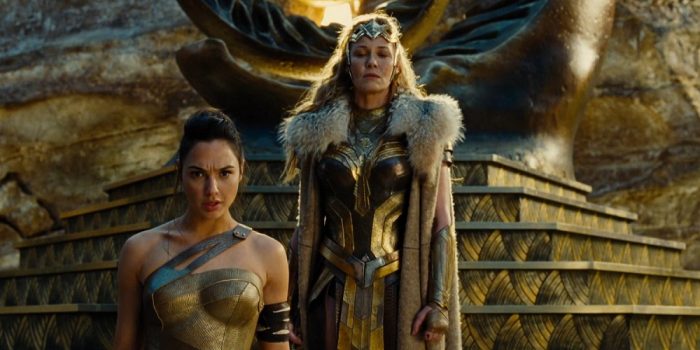
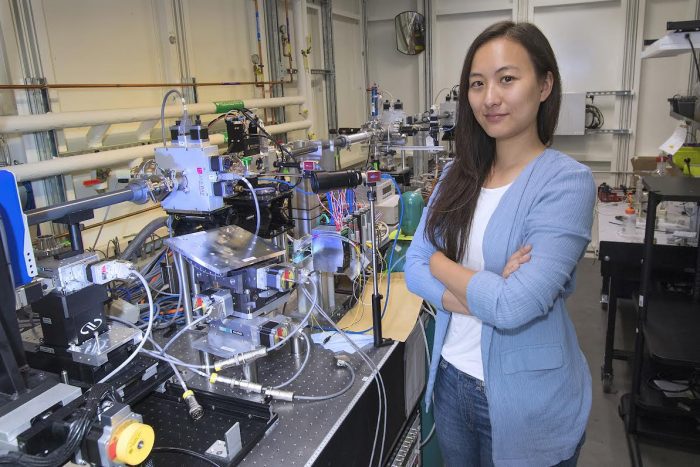
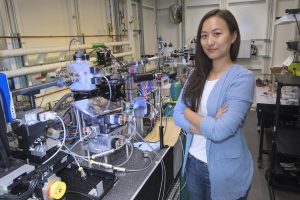
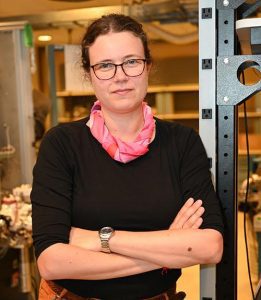

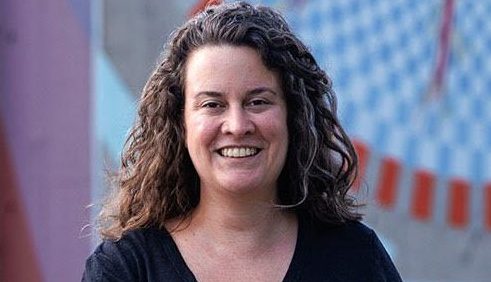
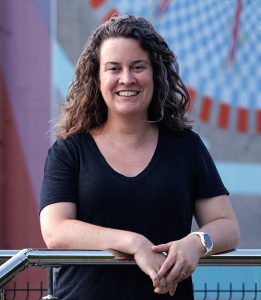
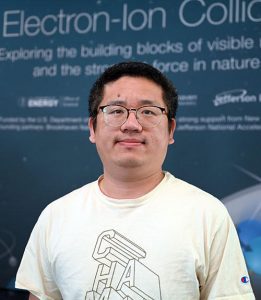

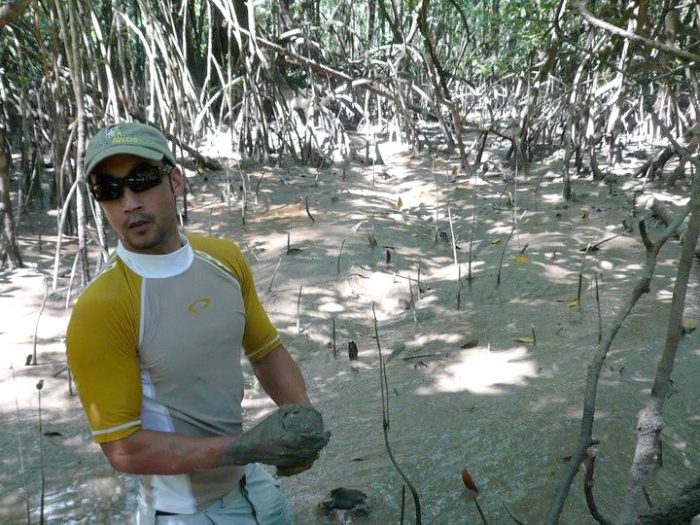
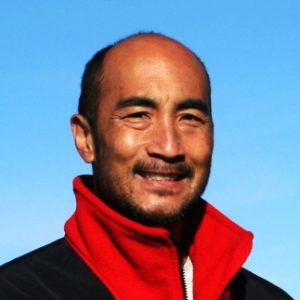
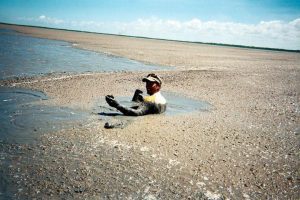 That process creates what is described as a reactive chlorine species, which is on the hunt for a positively charged particle, such as one of the four hydrogen atoms attached to carbon in methane.
That process creates what is described as a reactive chlorine species, which is on the hunt for a positively charged particle, such as one of the four hydrogen atoms attached to carbon in methane.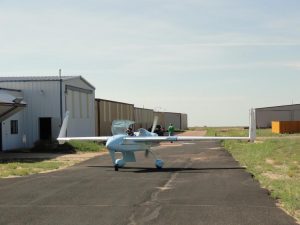 When he’s not working, Mak enjoys boating and fishing. A native of Southern California, Mak is a commercial pilot, who also does some flying as a part of his research studies.
When he’s not working, Mak enjoys boating and fishing. A native of Southern California, Mak is a commercial pilot, who also does some flying as a part of his research studies.